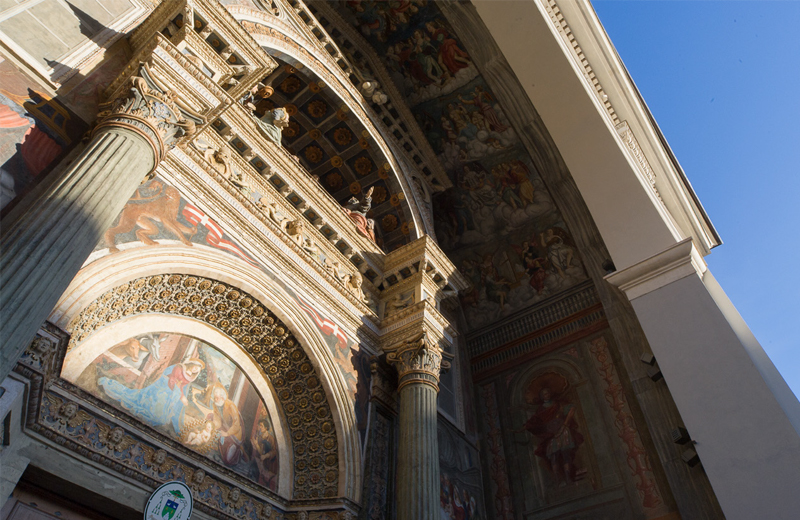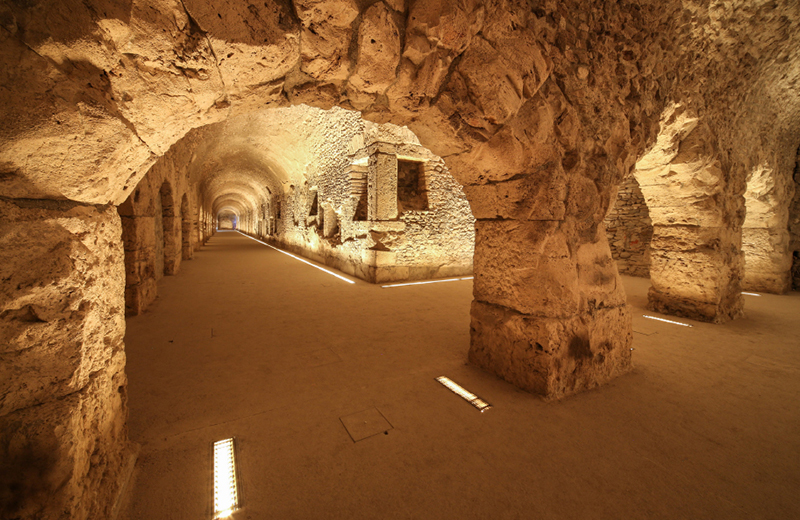Aosta in one day
Aosta in one day
Aosta
in one day
In Aosta you can!
Retrace the footsteps of the Romans, walk through history, follow in the footsteps of men and women from over 2000 years ago. A day of culture, shopping and excellent local food and wine, in a city just waiting to be discovered.
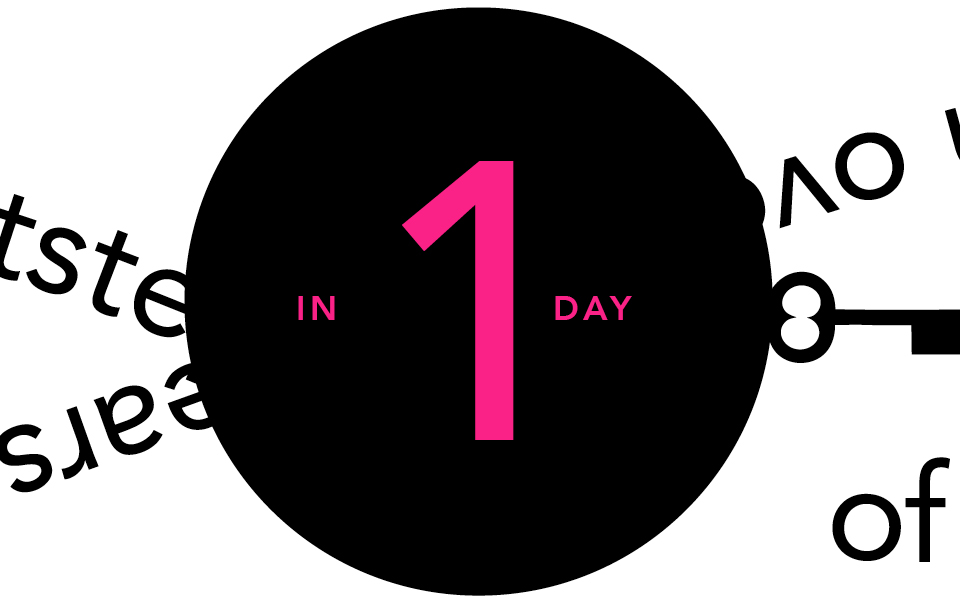
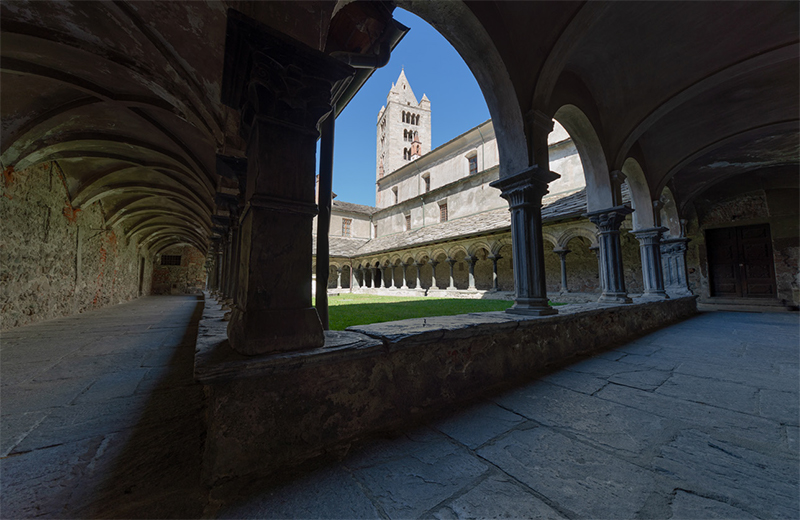
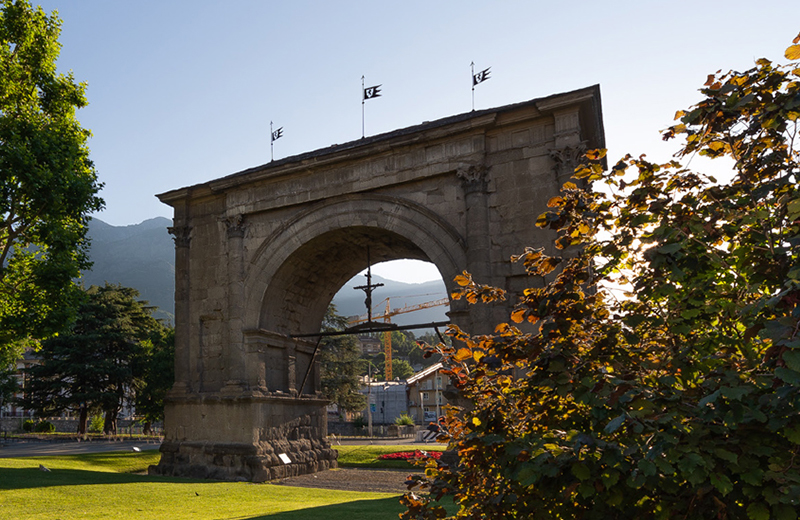
Get your camera ready, because for first-time visitors to Aosta, the Roman Bridge and the Arch of Augustus are two places not to be missed. The Buthier River flows under the arch of the Pont de Pierre, the "stone bridge”. Just a few metres away, if you look up, you’ll see the Honorary Arch dedicated to the Emperor Augustus, the monument that is the symbol of the city of Aosta!
You’ll be left open-mouthed by the monumental complex of Sant’Orso, which includes: the medieval bell tower, the cloister (12th century), the Collegiate Church, the Priory buildings, the Treasury Museum and the Ottonian frescoes. This list is sufficient to offer an idea of the beauty of the complex. In the cloister, for example, there is a painting of the Black Madonna and Child. Sant'Orso also gives its name to the thousand-year-old fair of traditional handicrafts, especially wooden ones, which peacefully invades the whole town on 30 and 31 January each year and is repeated in a smaller - but no less delightful - version in August, entitled La foire d'été.
Have you ever seen a lime tree, planted around 1530? You’ll find one here that has been a national monument since 1924. A tip: to enter San Lorenzo, it is advisable to buy a single ticket, valid for one year from the date of issue, which also includes entry to three other sites: the Cryptoporticus, the Regional Archaeological Museum and the Roman Theatre.
You can buy tickets online at www.midaticket.it/?s=aosta
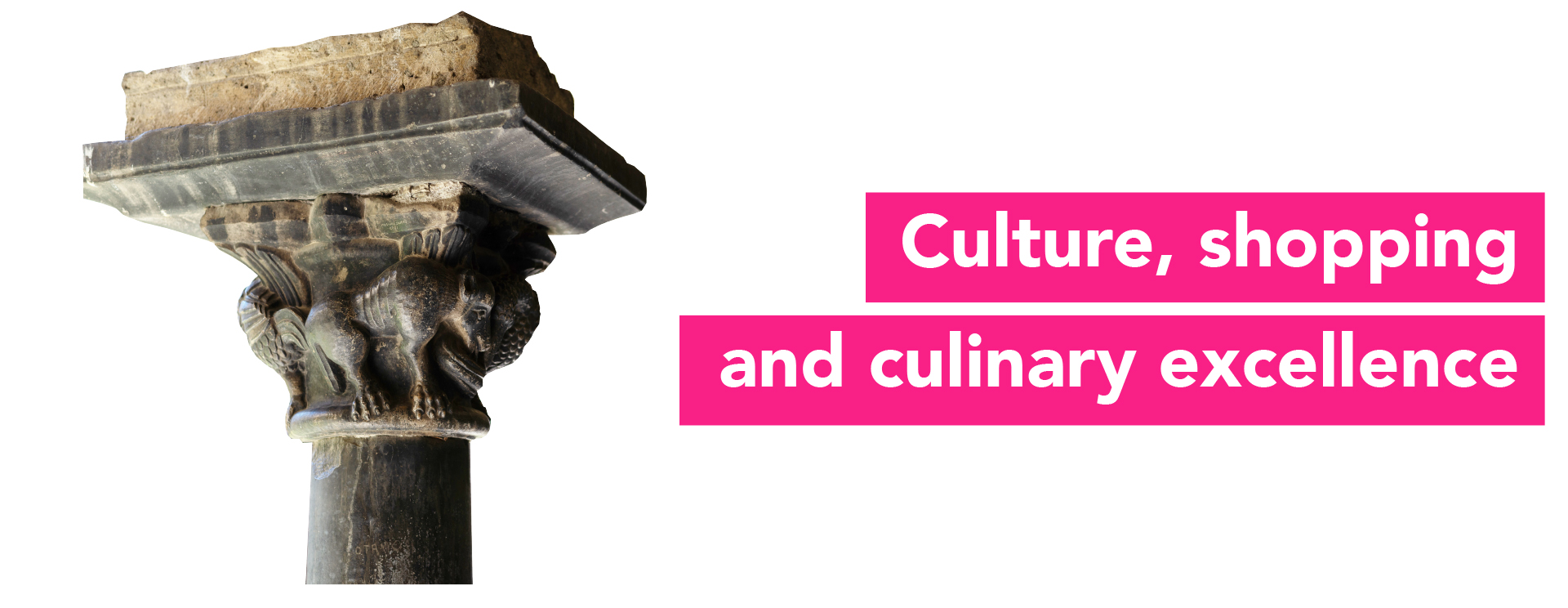
The Porta Prætoria gate was once the entrance to Aosta, through which wagons and pedestrians passed and where tolls were collected. Today, the regional tourist office is within the walls of the gate, an important information point for the city. A few metres away is the entrance to the Roman Theatre, one of the best-preserved masterpieces of Roman provincial architecture of the High Empire, capable at the time of seating thousands of spectators. In winter, the magic of the "Marché Vert Noël" Christmas markets comes alive at the Roman Theatre.
Throughout the centre and beyond, there are many restaurants offering local cuisine, be it traditional, gourmet or reimagined. Fondue, crèpes, seupa à la vapelenentze, carbonada with polenta are among the menus ready to tantalise the palate, with something for all tastes.
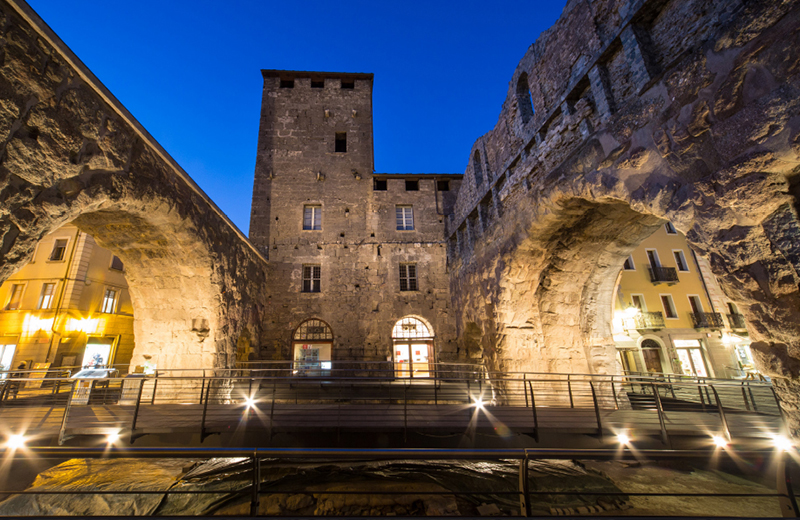
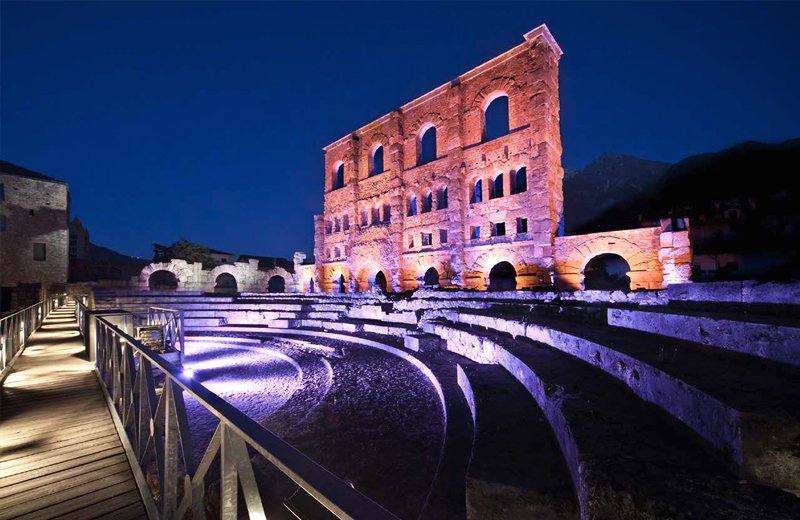
A stroll through the town centre takes you to Aosta's central square, Piazza Émile Chanoux, the most elegant of meeting places for the locals and the setting for various cultural and sporting events throughout the year. Looking onto Piazza Chanoux is the Town Hall, the Hôtel de Ville, a large porticoed Neoclassical building built in 1839, and the Hôtel des États, a building dating from 1724, which once housed the Assembly of the States-General and today hosts temporary exhibitions.

You can call it Piazza Giovanni XXIII, or Piazza della Cattedrale, as the locals do. In any case, you can certainly make a one-day visit more complete by stepping into the Cathedral of Santa Maria Assunta, which dates to the fourth century and stands where the sacred area of the Roman Forum once was, bordered by the Cryptoporticus. This is a place poised between the sacred and the profane, an underground Roman monument that is well preserved and made particularly evocative thanks also to the interplay of the light that enhances its silhouette.
Via Croce di Città - Croix-de-Ville is pulsating with life, and from 6 p.m. onwards, it really comes alive with voices, sounds and colours. Here you will find the cross erected in 1541 in memory of the expulsion of the Calvinists from the Aosta Valley, and if you’re lucky enough to find yourself here on 21 December, the day of the winter solstice, you can watch the sunrise create a uniquely thrilling light effect at 11 a.m. Recent historical research has shown that the date of the solstice is also the date of the city’s foundation. And what about Via De Tillier and Edoard Aubert? An excellent choice! These are streets not to be missed, which are all part of a very lively old town, just waiting to be enjoyed in good company.
